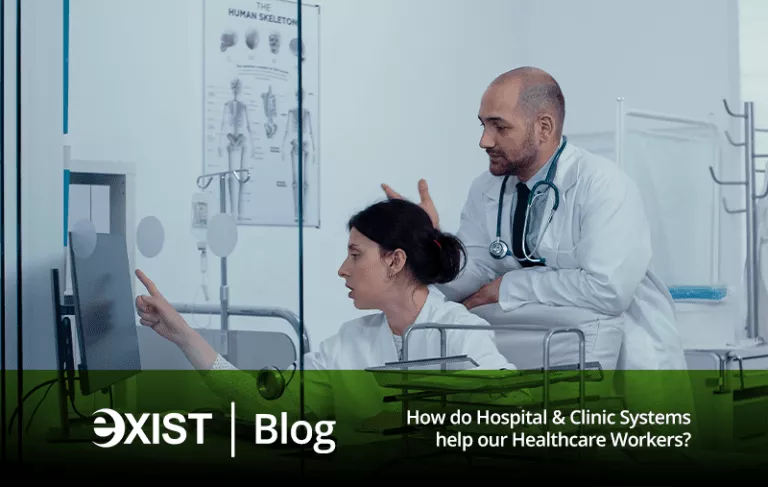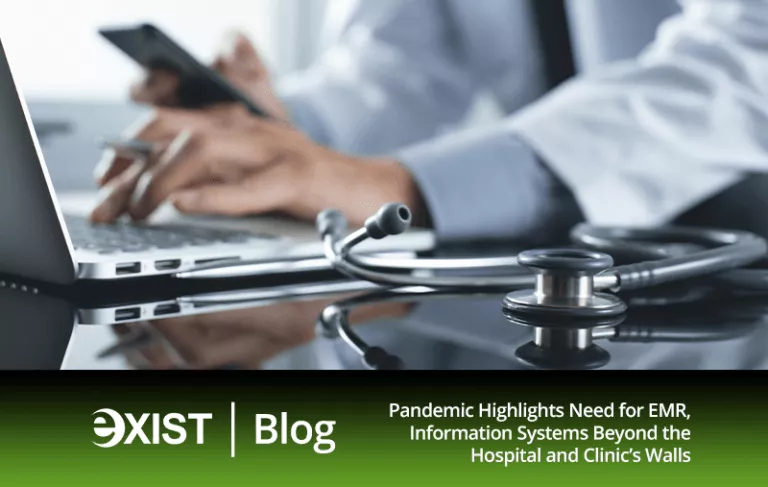Medcurial’s Clinic Management system lets you easily create and manage packages with its built-in Package Management module
Easily combine offers and streamline ordering to billing process with support for creating item and service packages for your clinic! Create promos by setting combo offers to include medicines, procedures, treatments, and other services into a single package in just a matter of minutes.
Use this ability to configure your clinic promos and service packages and simplify ordering instead of manually adding procedures, treatments, and drugs one at a time!
Medcurial Package Management
Watch the video below and see for yourself how easy making a package is with Medcurial.
Manage your clinic better now and drive more efficiency to your clinic. For more information, kindly fill out the demo form so we can schedule a meeting with you. You may also visit Medcurial and get yourself a 30-day free trial so you can see it in action.
Check Out Our Insights on Digital Healthcare
Click the button to learn more.










